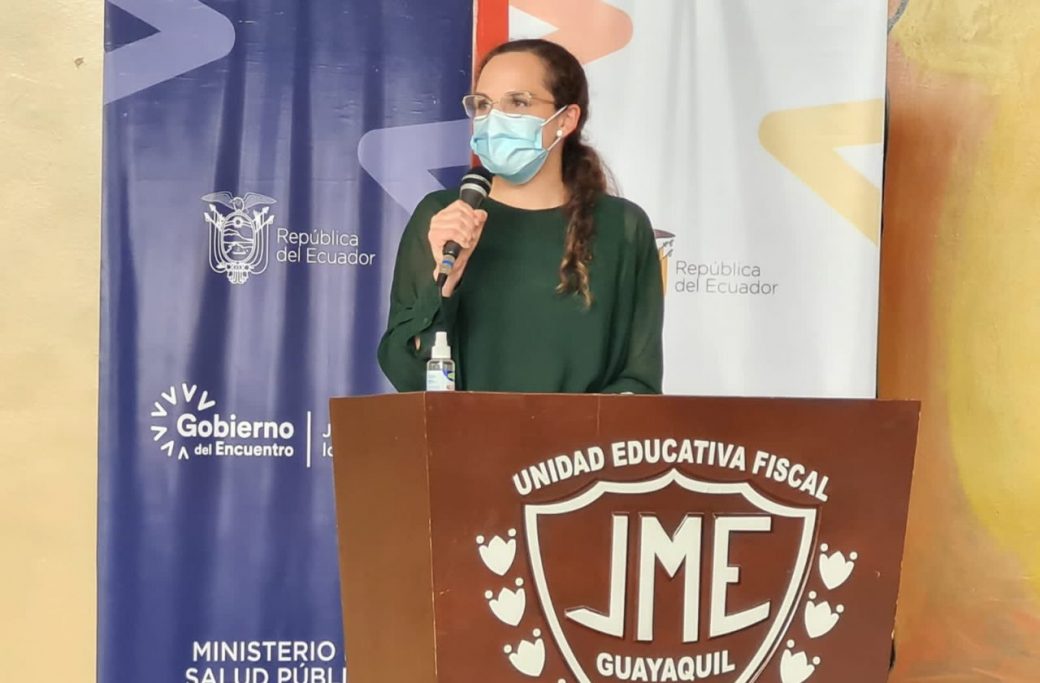A few weeks ago, during an online event held within the thirty-fourth General Assembly of the National Association of Financial Institutions (Anif), presidential candidate Alejandro Gaviria opened the debate with the following sentence: “The pension system in Colombia is a disaster, he said. The president who does not address that problem will be acting in a cowardly manner”.
Those 106 characters were later recorded in the candidate’s Twitter account, but the fact that they were created by a pretender to preside over the House of Nariño reflects the dimension of a topic that will be one of the hottest in the next elections: the need for urgent structural reformwhose axes are to increase coverage, be more fiscally sustainable and, above all, that can benefit the most vulnerable.
(Read: Lower contribution of pensioners to health would be $466,868 million).
“The system must be reformed, but we must be objective: we must modify not only the Average Premium Regime (RPM) – that of Colpensiones –, but also that of Individual Savings with Solidarity (RAIS) – that of private funds. Because both have the enigma of their financing: the first pays higher pensions, which come out of the budget
national, and the second does not go to that budget, but pays allowances that are too low”, says Stefano Farné, director of the Labor Market and Social Security Observatory of the Externado de Colombia University.
According to this analyst, the inequity of the system is evident. While a worker affiliated with Colpensiones can receive as an allowance up to 75% of the average salary earned in the last ten years, who contributes to a private fund can receive only 25% of that same salary.
This Macondian situation, which could serve to write another story like The colonel has no one to write to him -in which the protagonist dies without receiving his pension-, makes wage earners today find themselves at a crossroads due to a system whose flaws leave the country in a bad light before the world. Colombia, in fact, ranks 40th among
the 44 nations that are qualified in the most recent Natixis Investment Managers Retirement Index (GRI), which measures where it is best to retire. Of course, it surpasses Brazil, which is ranked 43rd.
(What’s more: Pension allowance in 2022: how will it be with the minimum of one million).
According to Natixis, this indicator is intended as a guide to the changing decisions faced by retirees, how they focus on their needs and goals for the future, and where and how they should most efficiently preserve wealth while enjoying retirement.
But the national panorama is not clear and the pandemic has made the structural problems suffered by the pension system more visible. One of the main ones is coverage.. According to Dane, between January and October 2020, 48.6% of Colombians earned less than one minimum wage, so they are excluded by law from the pension system. To this is added that the informality of workers is 48.1% in the 23 cities and metropolitan areas, which are the main capitals of the country.
Against this background, according to a report presented by the International Labor Organization and by the Externado University Labor Observatory, pension coverage is concentrated in wage earners.
“Along with all public employees, 70% of private sector employees were contributing in 2019 (annual average). On the other hand, among self-employed workers, coverage was 11%, despite the obligation imposed by Law 797 since 2003.”, says the report presented in December 2020.
However, for the director of that observatory, the average premium scheme administered by Colpensiones cannot be entirely blamed. “State spending in this area is relatively low –says Farné–: it is 3.5% or 4% of GDP. In European countries, this percentage reaches 10%, although it should be noted that Colombia’s is small, but because there are few pensioners. This is worrying and must be corrected with a pension reform”.
(Read: Diagnosis of the Colombian labor market).
A surprising and revealing fact is what this expert reveals. “The vast majority of Colpensiones pensioners, 80% receive between one and two minimum wages. Those who earn more than 20 or more minimum wages are barely between 200 and 300. In other words, it is not that there are a lot of people that we are subsidizing. That it needs to be fixed, yes, but I don’t think thinking about retiring 300 people will fix the problem,” he says.
For the National Association of Financial Institutions (Anif), on the contrary, the poor targeting of subsidies in the Medium Premium Regime is largely responsible for the difficulties in terms of coverage, inequity and financial sustainability of the Colombian pension system. “Only the implicit subsidies represent 3 points of GDP each year,” the entity highlighted in a document published in the last week of last September.
A problem that is also worsened since these aids favor people with higher incomes. According to the entity, “74% of the subsidies that exist in the RPM benefits the richest 20% of the populationwhile only 0.5% of the support goes to the poorest 20% of the country’s citizens”.
In addition to the necessary reform, another of the concerns that exist about the future pension in Colombia has to do with the age transition of Colombians in the long term and its impact on the economy.
(Keep reading: What will rise with the minimum wage and what with inflation).
In the latest publication of Banco de la República’s Economic Drafts, researchers Fernando Arias Rodríguez and Julián Parra Polanía reviewed the effects that
would have population aging in the coming decades in the system and found that, currently, about 12% of the population in the country is over 60 years old and that proportion will rise to around 30% by 2060.
This, according to analysts, would lead to “in the next 30 years the number of people of working age for each one of pensionable age is reduced by less than half.”
This scenario would bring with it a direct blow to the national budget, since there would be fewer young people of productive age, which would affect variables such as wages, interest rates, inflation and tax rates, among others.
This makes a pension reform even more necessary, which the next president of the Republic must advance if he wants to think about citizens who reach the final crossroads of their lives.
BRIEFCASE







